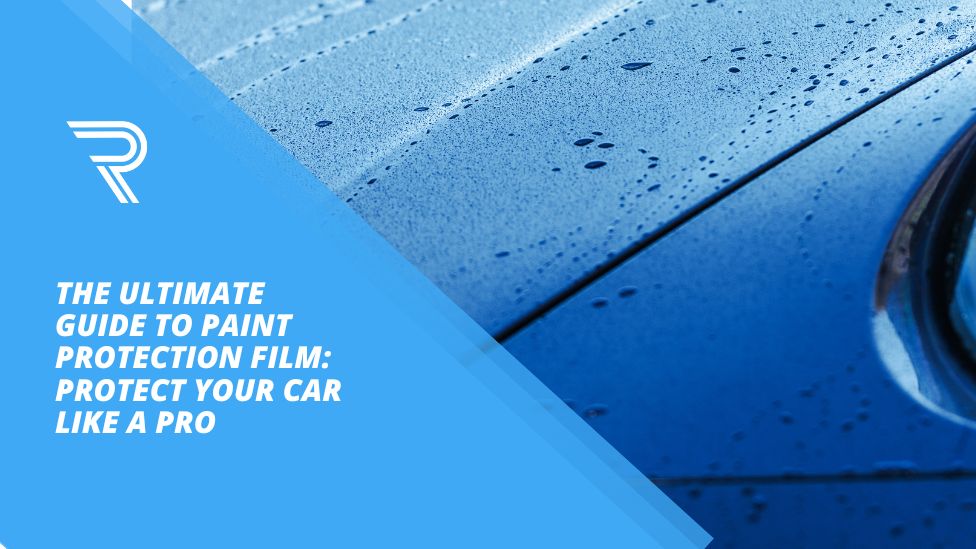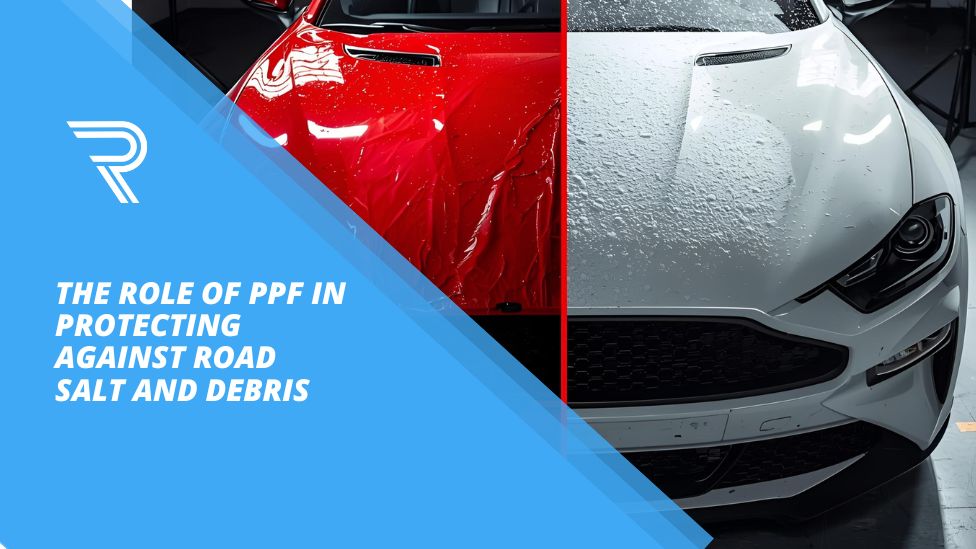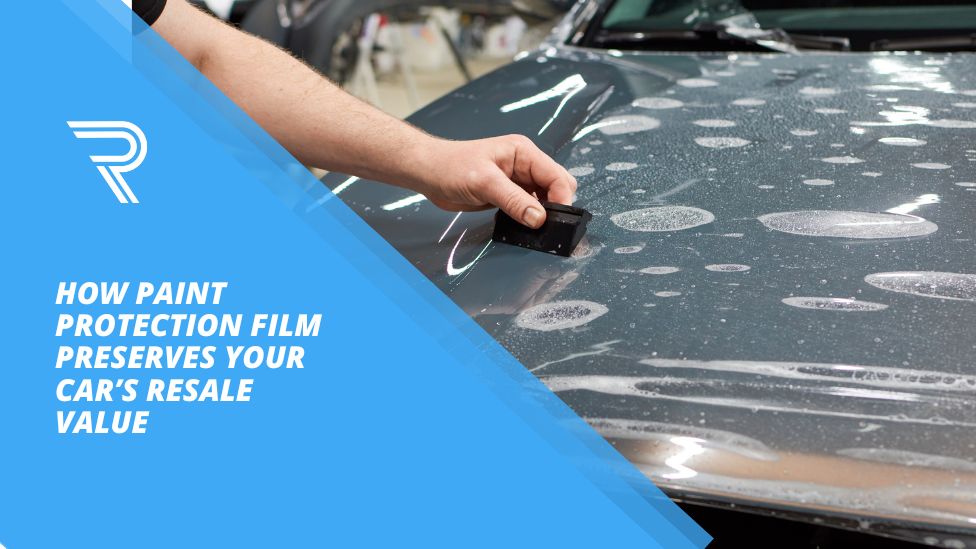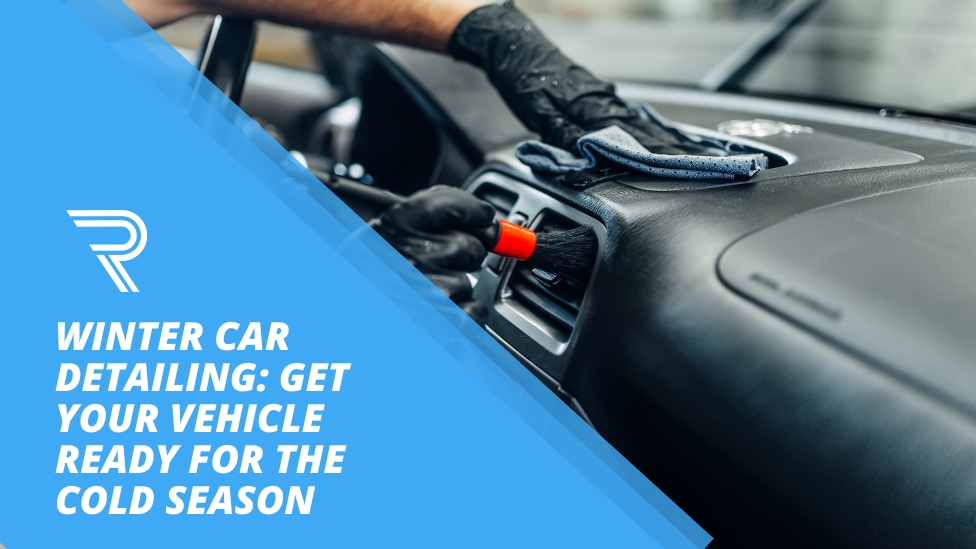Ceramic coatings are an investment in your vehicle’s longevity and appearance. Designed to provide a high-gloss finish, hydrophobic properties, and protection from contaminants, these coatings significantly reduce the need for frequent waxing and polishing. However, many car owners mistakenly assume that once a ceramic coating is applied, no further care is required.
The reality is that ceramic coating neglect can result in diminished performance, reduced aesthetic appeal, and ultimately a wasted investment. To protect your car and get the most out of your ceramic coating, regular upkeep is essential. In this article, we’ll explore what happens when ceramic-coated cars are not maintained and how simple maintenance can extend the life and performance of your coating.
The Purpose of a Ceramic Coating
Before diving into the consequences of neglect, it’s helpful to understand what ceramic coating does. A ceramic coating is a liquid polymer applied to the exterior surfaces of a vehicle. When cured, it bonds with the paint to form a protective layer that offers:
- UV protection
- Resistance to chemical stains
- Enhanced gloss and shine
- Easier cleaning due to hydrophobic (water-repellent) properties
This cutting-edge technology works like a sacrificial layer, absorbing minor damage that would otherwise affect the factory paint.
The Myth of “Set It and Forget It”
One of the biggest misconceptions about ceramic coatings is that they are self-sufficient. While they do simplify vehicle maintenance and offer extended protection, they are not invincible. Road grime, industrial fallout, tree sap, and water spots can still accumulate on the coating.
Neglecting to clean or properly maintain your coated car doesn’t just reduce its visual appeal—it actually shortens the coating’s lifespan and weakens its protective benefits. That’s where the importance of ceramic coating care comes in.
What Happens When You Don’t Maintain a Ceramic Coated Car?
1. Loss of Hydrophobic Properties
Ceramic coatings are known for their water-repelling abilities. Water beads up and rolls off, carrying dirt and contaminants away with it. But if the coating is not washed regularly, dirt and minerals will build up, diminishing the hydrophobic layer. You may notice water no longer beads up as it used to, and washing the car becomes harder over time.
2. Accumulation of Contaminants
Even though ceramic coatings offer protection, contaminants like bird droppings, road salt, brake dust, and bug splatter can still adhere to the surface. Without timely cleaning, these materials can etch into the coating, or worse, penetrate it and reach the paint. This is especially true with acidic substances like tree sap or bird waste, which can cause irreversible damage if left unchecked.
3. Surface Staining and Water Spots
Hard water, especially if left to dry on a car’s surface, leaves behind mineral deposits. These create unsightly water spots, which can be difficult to remove from ceramic coatings. Over time, neglecting to dry the vehicle after washing or rain exposure can lead to widespread surface staining, which dulls the gloss and visual appeal.
4. Increased Risk of Scratches and Swirl Marks
While ceramic coatings do offer some scratch resistance, they are not bulletproof. When you neglect proper washing techniques—like using a two-bucket method or high-quality microfiber towels—you risk causing micro-marring. Over time, these fine scratches accumulate, creating swirl marks that reduce shine and damage both the coating and the paint beneath.
5. Shortened Coating Lifespan
A properly maintained ceramic coating can last anywhere from 2 to 5 years, depending on the product and environmental conditions. But when you skip regular maintenance, this lifespan can be significantly reduced. You may find yourself needing to reapply the coating sooner than expected, adding unnecessary costs.
6. Compromised UV Protection
One of the key benefits of ceramic coatings is shielding your vehicle from the sun’s harmful UV rays. Without proper maintenance, the coating can degrade and stop providing this layer of protection. This can lead to oxidized, faded paint over time—especially in sunny or coastal regions.
Simple Maintenance Tips to Preserve Your Coating
Maintaining your ceramic-coated car isn’t complicated. With the right habits, you can keep your vehicle looking pristine and extend the coating’s performance.
– Wash Regularly (Every 1–2 Weeks)
Use a pH-neutral car shampoo and the two-bucket wash method to prevent scratching the surface. Avoid automated car washes with brushes, which can damage the coating.
– Use Ceramic Boosters
Ceramic coating toppers or spray sealants can refresh and enhance the hydrophobic properties of your coating. Apply them every few washes for added slickness and shine.
– Dry the Vehicle Properly
Use a clean, plush microfiber towel or air blower to dry your car after washing. This prevents hard water spots and streaking.
– Avoid Harsh Chemicals
Stay away from abrasive cleaners or degreasers that can strip the coating. Use products specifically designed for ceramic-coated vehicles.
– Decontaminate Seasonally
Use a clay bar or iron remover 2–4 times a year to eliminate bonded contaminants. This deep clean helps the coating function optimally.
– Professional Inspection
Consider annual maintenance by a professional detailer. They can assess the condition of the coating and apply any needed touch-ups or boosters.
Final Thoughts
Investing in a ceramic coating is a wise decision for long-term vehicle protection and aesthetics—but that investment comes with the responsibility of routine care. The idea that ceramic coatings are “maintenance-free” is a dangerous myth that leads to disappointed car owners and damaged finishes.
By understanding the risks of ceramic coating neglect, you can avoid premature failure and maximize your coating’s benefits. Practicing proper ceramic coating care ensures that your car continues to shine, resists contaminants, and retains its value over time.
In the end, taking a few minutes each week to care for your coated vehicle is a small effort compared to the long-term benefits it offers. Don’t let neglect undo the protection you’ve paid for—your car deserves better.




